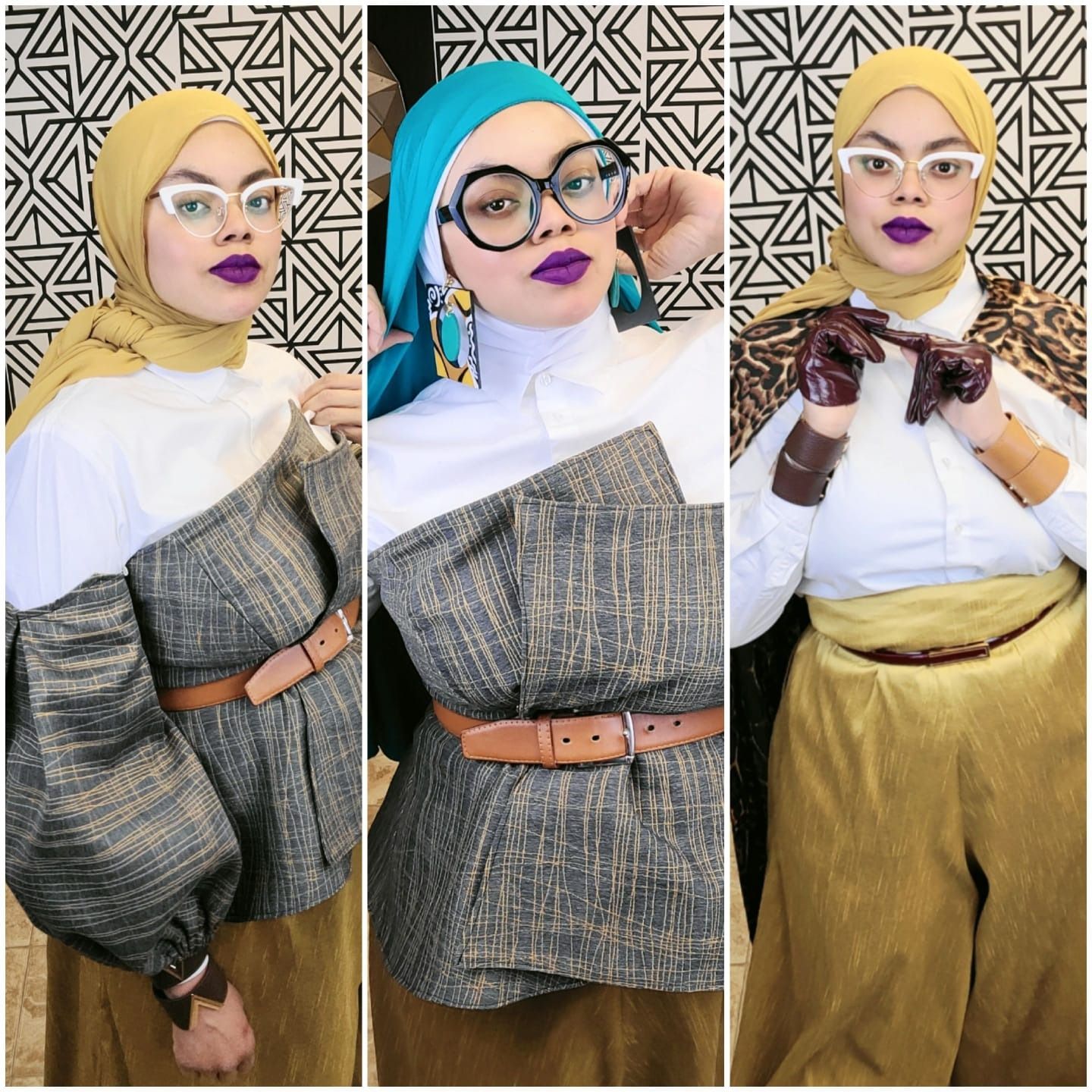Join the Black Women Stitch Patreon.
Shasta Schatz
Shasta Schatz loves to create. Her favorite hobby is sewing, where she dabbles in yarn manipulation, painting, 3D printing, hot gluing, and duct taping. Her costuming inspiration is mainly from the 16th century drawing inspiration from her love of art museums.
Lisa Woolfork
Lisa Woolfork is an associate professor of English, specializing in African American literature and culture. Her teaching and research explore Black women writers, Black identity, trauma theory and American slavery. She is the convener and founder of Black Women Stitch, the sewing group where Black lives matter. She is also the host/producer of Stitch Please, a weekly audio podcast that centers Black women, girls, and femmes in sewing. In the summer of 2017, she actively resisted the white supremacist marches in her community, Charlottesville Virginia. The city became a symbol of lethal resurging white supremacist violence. #Charlottesville. She remains active in a variety of university and community initiatives, including the Community Engaged Scholars program. She believes in the power of creative liberation.
Insights from this episode:
- Insights on historical costuming
- Differences between costuming and cosplay
- Shasta’s journey in costuming
- How art museums have inspired Shasta’s work
- How Shasta found a community in costuming
- The challenges she has experienced in making garments
Quotes from the show:
- “I do a lot of observing when I am costuming no matter where I am” -Shasta Schatz in “Stitch Please”
- “Every single garment that I make, every accessory, every headpiece, every beaded pin that I put in my hair, I can probably trace it back to art history or letter that was written to a person” -Shasta Schatz in “Stitch Please”
- “I absolutely give out information freely, always send me messages, I will tell everybody everything because nobody told me anything when I started out after college” -Shasta Schatz in “Stitch Please”
- “Nobody wants to sew upholstery fabric by hand, so you put that part in the machine, but you do the linen part by hand” -Shasta Schatz in “Stitch Please”
- “Incorporate a little bit of hand sewing into every single garment that you make” -Shasta Schatz in “Stitch Please”
- “Go out and grab a big three pattern that looks close to what you want coz it’s at least gonna give you an idea of what goes into it” -Shasta Schatz in “Stitch Please”
Resources mentioned:
Stay Connected:
Lisa Woolfork
Instagram: Lisa Woolfork
Twitter: Lisa Woolfork
Shasta Schatz
Instagram: Shasta
Facebook: Green Linen Shirt
Twitter: ScifiCheerGirl
This episode was produced and managed by Podcast Laundry.
Sign up for the Black Women Stitch quarterly newsletter
Check out our merch here
Leave a BACKSTITCH message and tell us about your favorite episode.
Join the Black Women Stitch Patreon
Check out our Amazon Store
Stay Connected:
YouTube: Black Women Stitch
Instagram: Black Women Stitch
Facebook: Stitch Please Podcast




